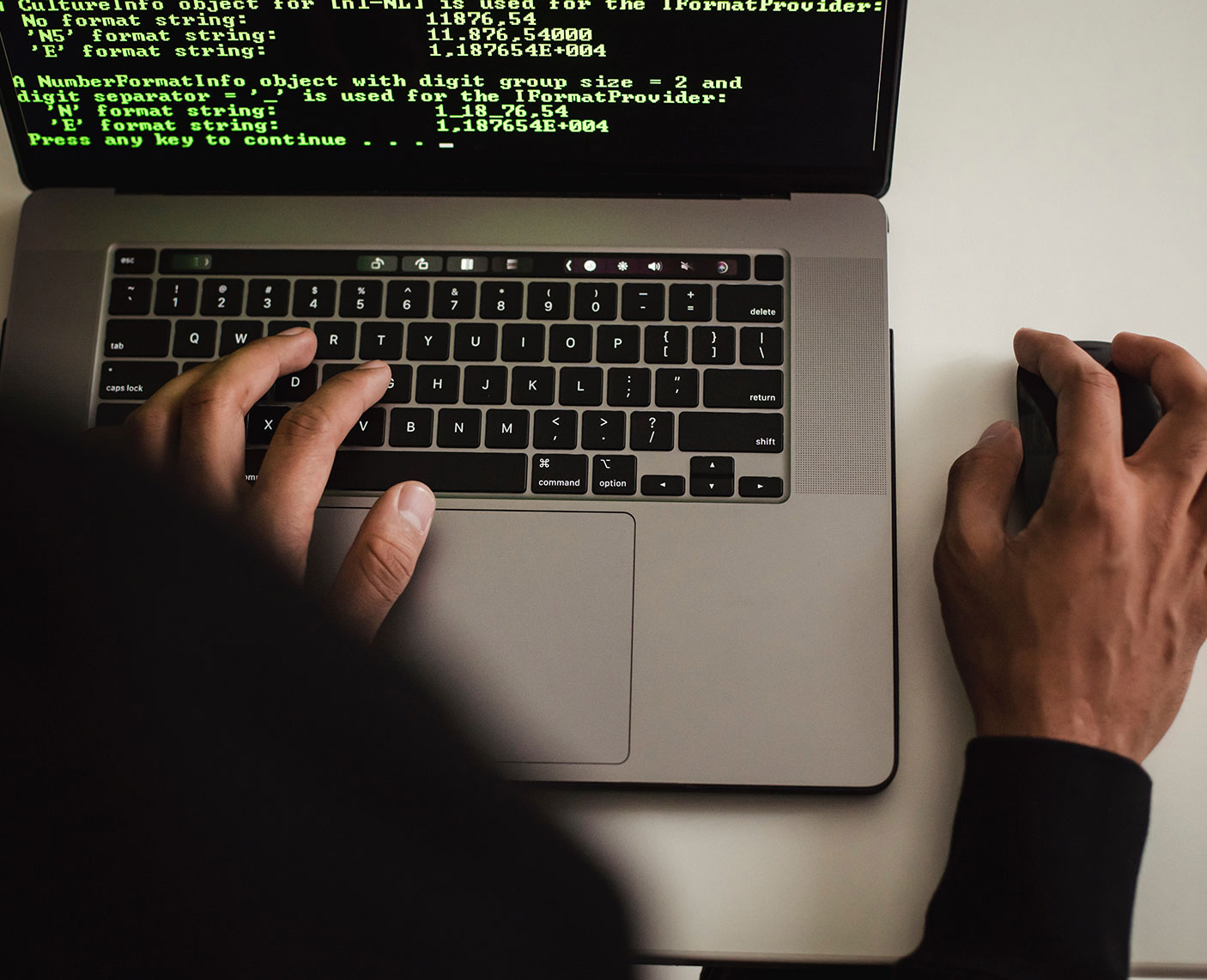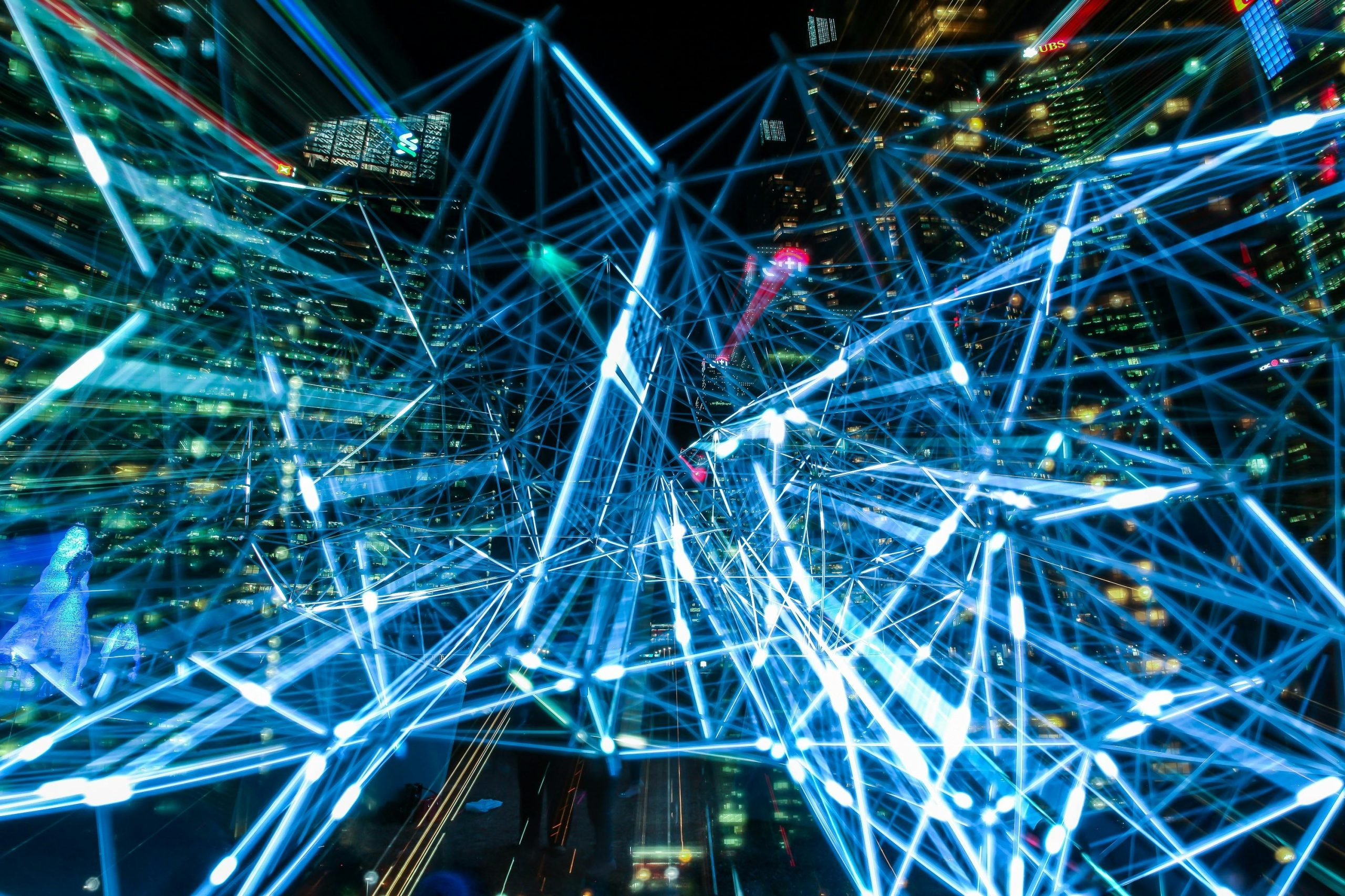The Future of Graphic Design: Trends That Will Shape the Industry
The Future of Graphic Design: Trends That Will Shape the Industry

Graphic Design
Graphic design is an ever-evolving field, constantly shaped by technological advancements, cultural shifts, and new creative techniques. As we move deeper into 2025 and beyond, the industry continues to see exciting changes that redefine how designers work and create. Here are some of the biggest trends set to shape the future of graphic design.

AI
1. AI-Powered Design Tools
Artificial intelligence is no longer a futuristic concept—it’s here, and it’s changing the game. AI-powered tools like Adobe Firefly, Midjourney, and Runway ML are making it easier for designers to generate ideas, automate tedious tasks, and experiment with creative possibilities. While AI won’t replace human creativity, it serves as a powerful assistant that enhances workflow efficiency and expands artistic possibilities.
2. Maximalism Makes a Comeback
After years of minimalism dominating design trends, maximalism is making a bold return. Think vibrant colors, complex patterns, and layered typography. Brands are moving away from the ultra-clean, simplistic aesthetic and embracing designs that express personality and energy. Expect to see more bold, expressive, and artistic visual styles in branding and digital design.
3. 3D and Immersive Design
With advancements in rendering software and AR/VR technology, 3D design is becoming increasingly mainstream. Whether it’s hyper-realistic product mockups, immersive web experiences, or stylized 3D illustrations, this trend is reshaping the way we interact with digital visuals. Designers who incorporate 3D elements into their work will stand out in a crowded creative landscape.
4. Nostalgic Aesthetics
Retro-inspired design is making waves, with styles from the ‘90s, Y2K, and even early 2000s UI elements becoming popular again. Pixel art, grainy textures, and neon color palettes are being used to evoke nostalgia while giving designs a fresh, contemporary twist. Brands are leveraging this aesthetic to connect with audiences through familiarity and emotional appeal.
5. Motion Graphics and Kinetic Typography
Static images are no longer enough—motion is key. Whether in social media ads, website banners, or UI design, motion graphics and kinetic typography add dynamism and engagement. Designers are exploring animated logos, looping visuals, and interactive elements that make digital experiences more immersive and captivating.
6. Sustainability and Eco-Friendly Design
As the world becomes more eco-conscious, brands are prioritizing sustainable design practices. This means using digital-first branding to reduce print waste, eco-friendly packaging, and natural color palettes inspired by nature. Designers are also focusing on storytelling that highlights environmental responsibility, appealing to conscious consumers who value sustainability.
7. Variable Fonts and Custom Typography
Typography is evolving beyond static fonts. Variable fonts, which allow designers to adjust weight, width, and other attributes dynamically, are becoming a standard in web and brand design. Additionally, hand-drawn and custom typography are gaining traction as brands seek unique ways to express their identity.
8. The Rise of Web3 and Decentralised Design
Web3 technology is reshaping digital experiences, influencing everything from branding to UI/UX design. As blockchain-based platforms, NFTs, and decentralized applications grow, designers must adapt to new digital landscapes that prioritize interactivity, digital ownership, and immersive interfaces.
Conclusion
Graphic design in 2025 is an exciting blend of technology, creativity, and cultural influence. From AI-assisted tools to nostalgic aesthetics and immersive 3D experiences, the industry is more dynamic than ever. As a designer, staying ahead of these trends will not only keep your work relevant but also open new opportunities for innovation and creative expression.
What trends are you most excited about? Let’s discuss in the comments below!

